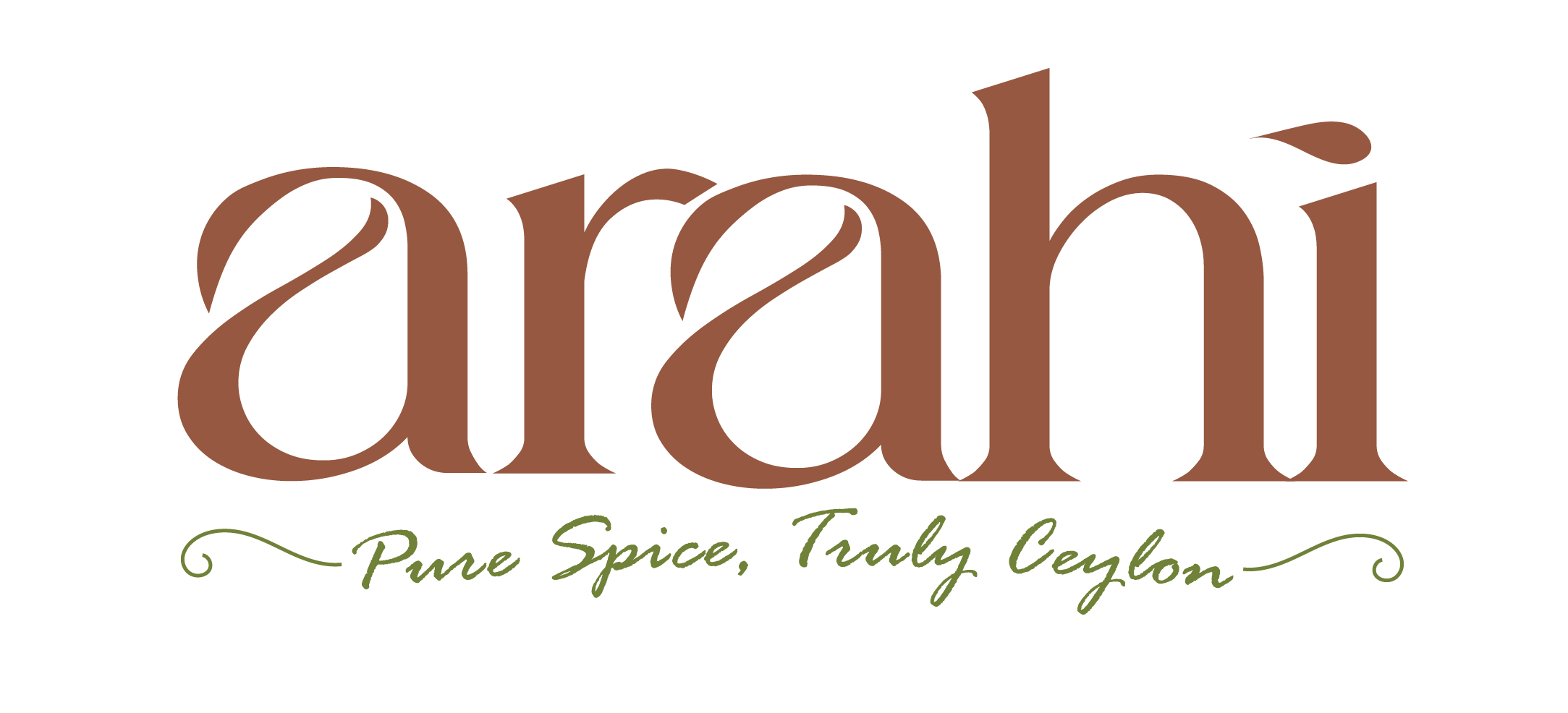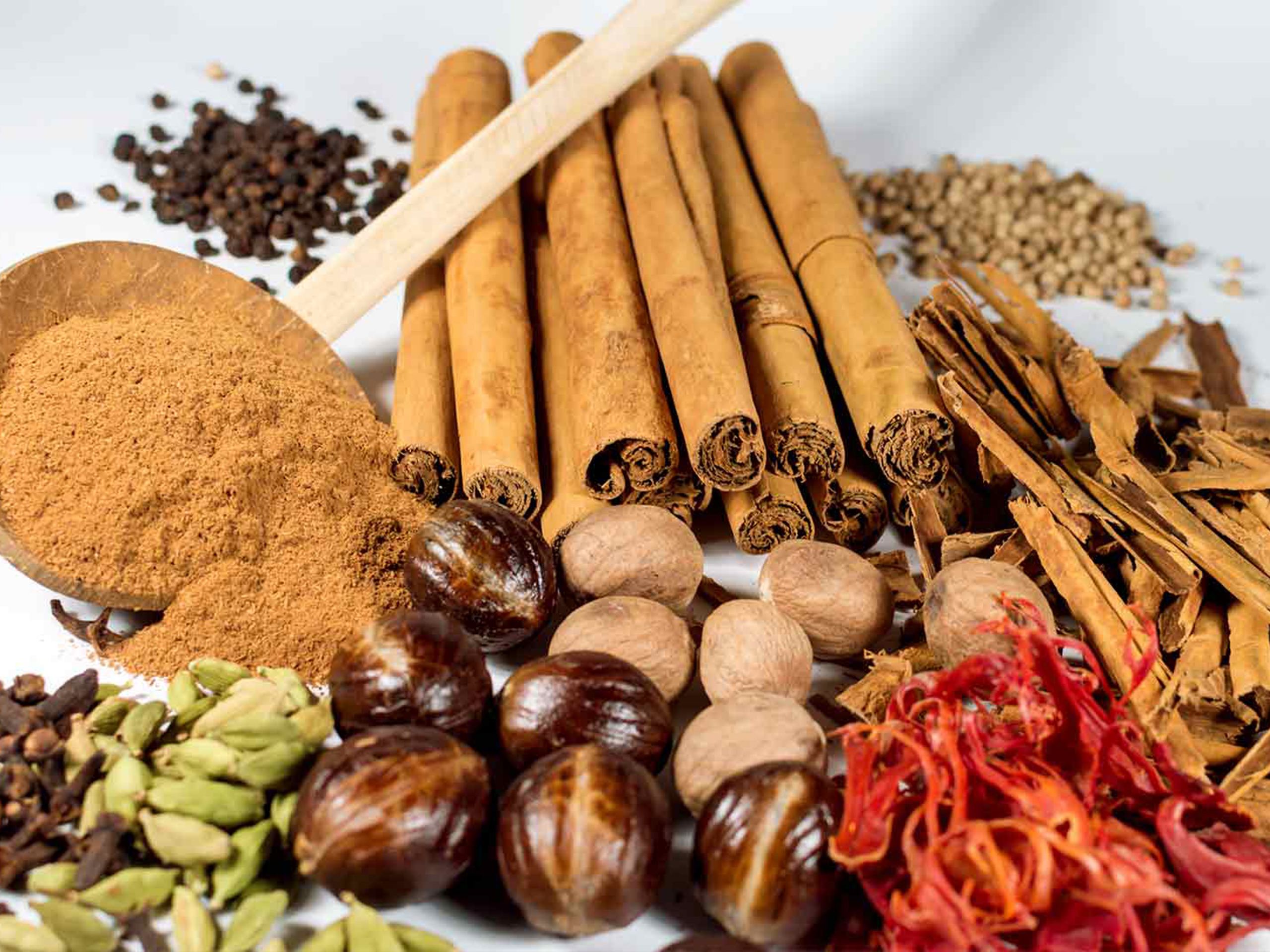Sri Lanka (Formerly called Ceylon) has been a Spice Trading Hub for over 2,000 years, with influences from Arab, Portuguese, Dutch, and British traders. Sri Lankan spices are unique due to their Rich Aroma, High Essential Oil Content, And Distinct Flavor Profiles, which result from the island’s Tropical Climate, Fertile Soil, And Centuries-Old Cultivation Methods. Sri Lanka is the only country producing “Ceylon Cinnamon” (Cinnamomum verum), known as “True Cinnamon.”
- Ideal Climate & Geography
The warm, humid climate and rich, volcanic soil provide perfect growing conditions. The diverse altitudes and microclimates enhance the unique taste and aroma of spices.
- High Essential Oil Content
Sri Lankan spices, especially Cinnamon, Black Pepper, and Cardamom have higher essential oil concentrations, making them more aromatic and flavorful than other varieties.
- Traditional & Organic Farming Methods
Traditional spice-growing techniques have been refined over generations, ensuring top quality. Many Sri Lankan spices are grown Organically without chemical pesticides. Traditional farming ensures Better Quality, Stronger Flavors, And Natural Purity.
- Medicinal & Ayurvedic Value, Rich History & Cultural Influence
Sri Lankan spices are widely used in Ayurveda and traditional medicine. Ceylon cinnamon, turmeric, and black pepper have anti-inflammatory and antioxidant properties and many more.
Unique Sri Lankan Spice Varieties
| Spice Name | What Makes Them Unique |
| Ceylon Cinnamon | Sweeter, softer, and more aromatic than Cassia cinnamon. |
| Sri Lankan Black Pepper | Higher piperine content, making it spicier and more pungent. |
| Cardamom | Grown in higher altitudes, giving it an intense aroma. |
| Cloves | Large, oil-rich cloves with strong fragrance. |
| Nutmeg & Mace | High oil content, rich in medicinal properties. |
| Turmeric | Vibrant color and high curcumin content. |
| Curry Leaves | More aromatic and flavorful than other varieties. |


